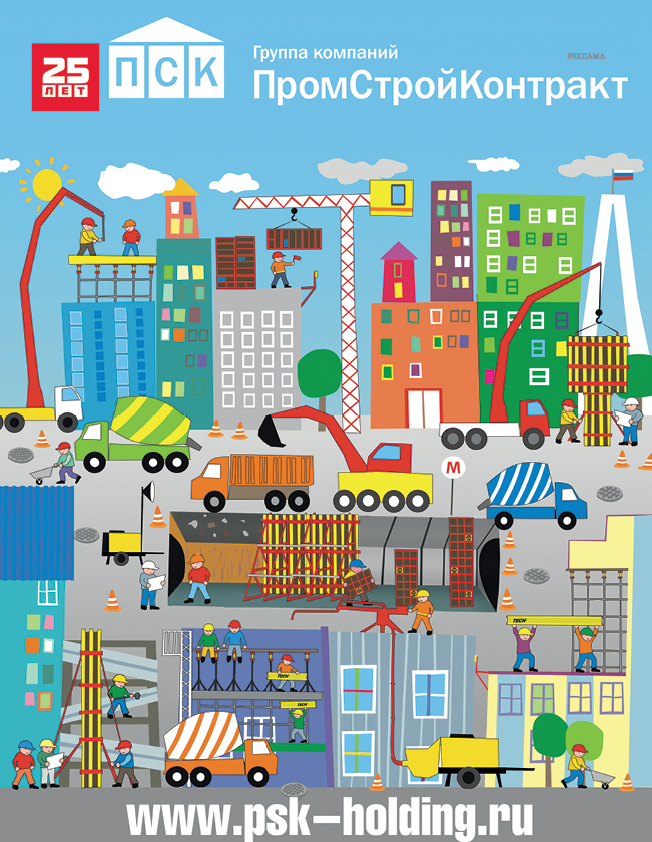Euler Hermes cited the resurgence of virus outbreaks, China's zero Covid policy and expected trade volatility during the Lunar New Year.
Covid-19 containment measures could impact manufacturing and shipping operations, exacerbating the supply chain crisis. Analysts have previously warned that the new omicron variant could deal another blow to supply chains.
Economists Euler Hermes wrote that the shortage of production is responsible for 75% of the current contraction in world trade, while logistical bottlenecks are responsible for the remaining 25%.
But this supply chain chaos is likely to ease in the second half of 2022 for three reasons, the report authors added.
Consumers are likely to continue buying overpriced items, but demand has peaked, according to the insurer.
The report notes that while excess savings built up during the pandemic have not been depleted, demand is slowly returning to normal.
“The impressive shift in household spending on (durable) goods rather than services, in the context of curfews and lockdowns, should be much more modest going forward, even with the worst-case scenario for a resurgence of Covid-19 outbreaks,” the report says.
Particularly in advanced economies, households are moving towards sustainable consumption, and the replacement cycle for goods purchased during the pandemic is at least a few years, Euler Hermes said.
As demand goes through a "self-regulating normalization", supply chains are likely to be under less pressure.
Stocks of goods returned to pre-Covid levels
After destocking early 2020, manufacturers rushed to restock to cope with unprecedented growth in demand, the report said.
"The good news is that the urgency of restocking has clearly peaked in recent months...and stock levels are already above pre-crisis long-term averages across most sectors," it said.
Euler Hermes also noted an increase in capital investment in the US, which will help increase production capacity to meet higher demand. By comparison, Europe relies on "above-normal capacity utilization" to produce more.
“We see an opportunity to catch up on investment in Europe in 2022 (and later in manufacturing capacity), given favorable funding conditions and elevated corporate cash positions,” the authors write.
“Without increased production capacity and investment in port infrastructure, the normalization of supply problems in Europe could be delayed beyond 2022 as demand remains above potential,” the report added.
Increased load capacity
Shipping congestion should become less acute in the second half of 2022 as capacity increases, the insurer said.
Shipping costs may remain high next year, but capacity should pick up as global orders for new container ships hit a record high, accounting for 6.4% of the existing fleet, Eiler Hermes said.
“Fast-growing orders for new transport capacity…should be operational by the end of 2022, which should significantly alleviate traffic bottlenecks,” it said in a statement.
The report says that about $17 billion is also planned to be spent on port infrastructure and waterways in the US, which should help reduce congestion.
Growth in world trade
The report also forecasts global trade volumes to grow by 5.4% in 2022 and 4% in 2023, after growing by 8.3% in 2021.
But the trade imbalance could widen. Euler Hermes' forecasts suggest that the US will post a record high trade deficit and China will post a record high trade surplus.
In the next few years, the Asia-Pacific region will remain the main winner in terms of export growth, while in 2022 the energy, electronics, machinery and equipment sectors will continue to lead.
Source CNBC
Share:

 DOWNLOAD
DOWNLOAD LOOK
LOOK
 Top Content of the Month
Top Content of the Month


